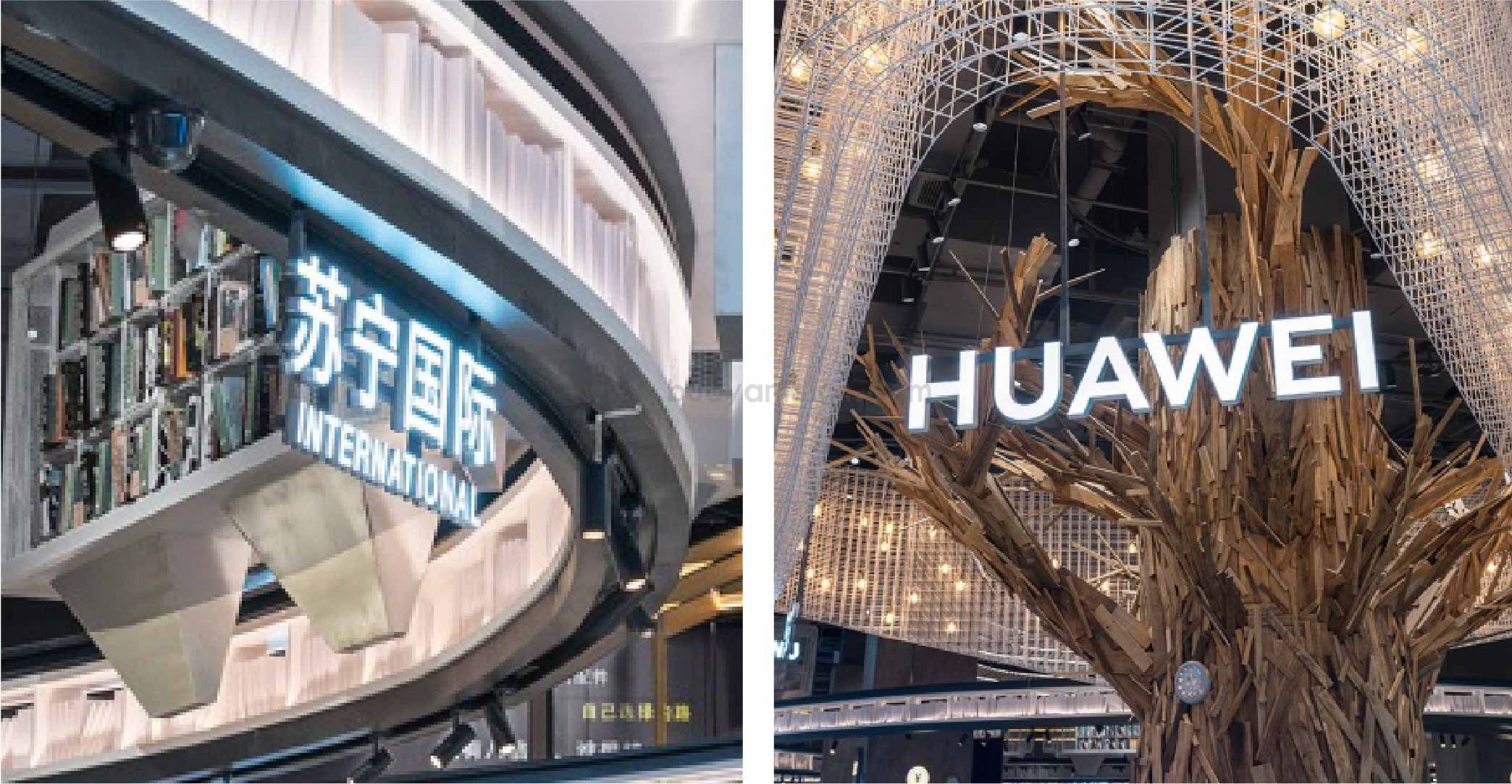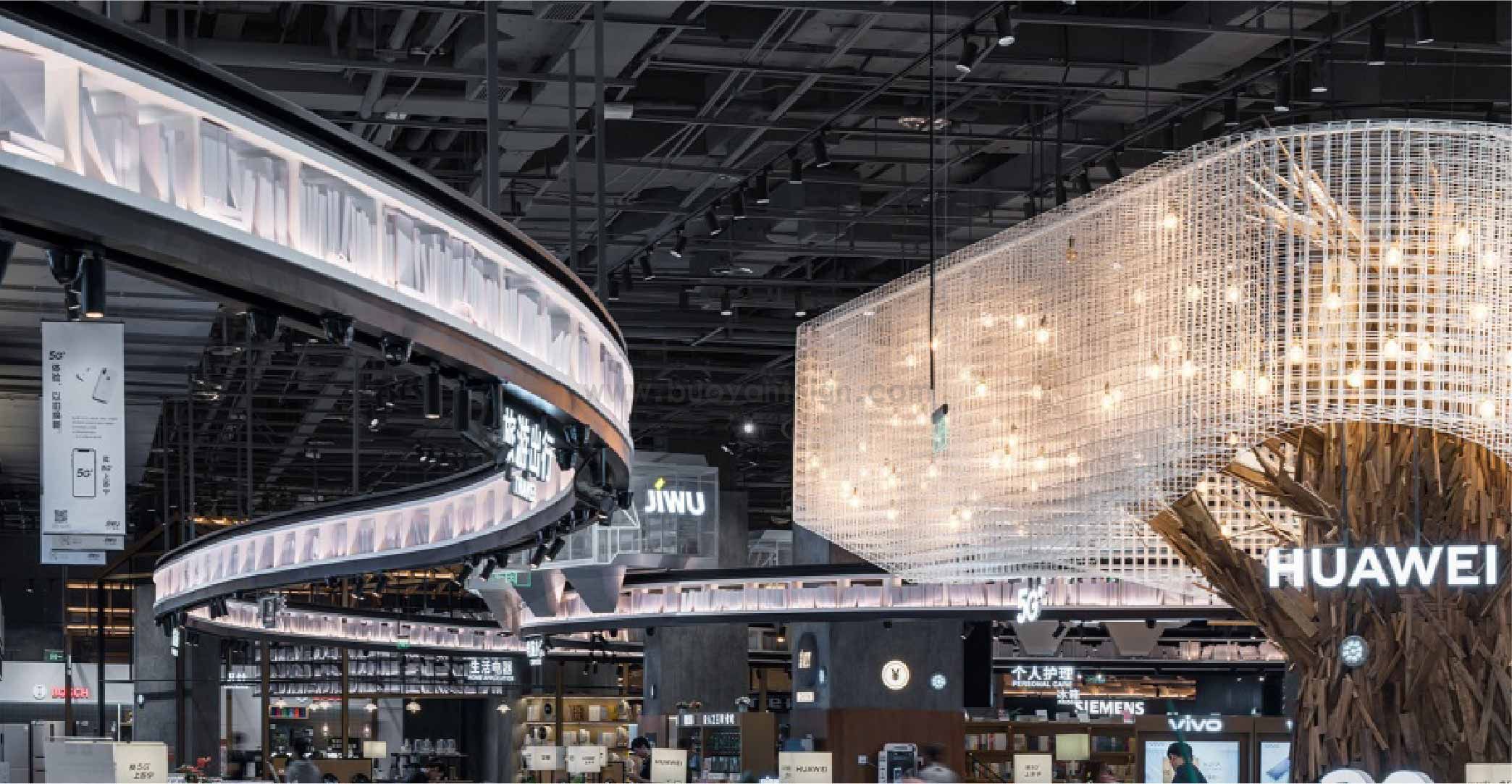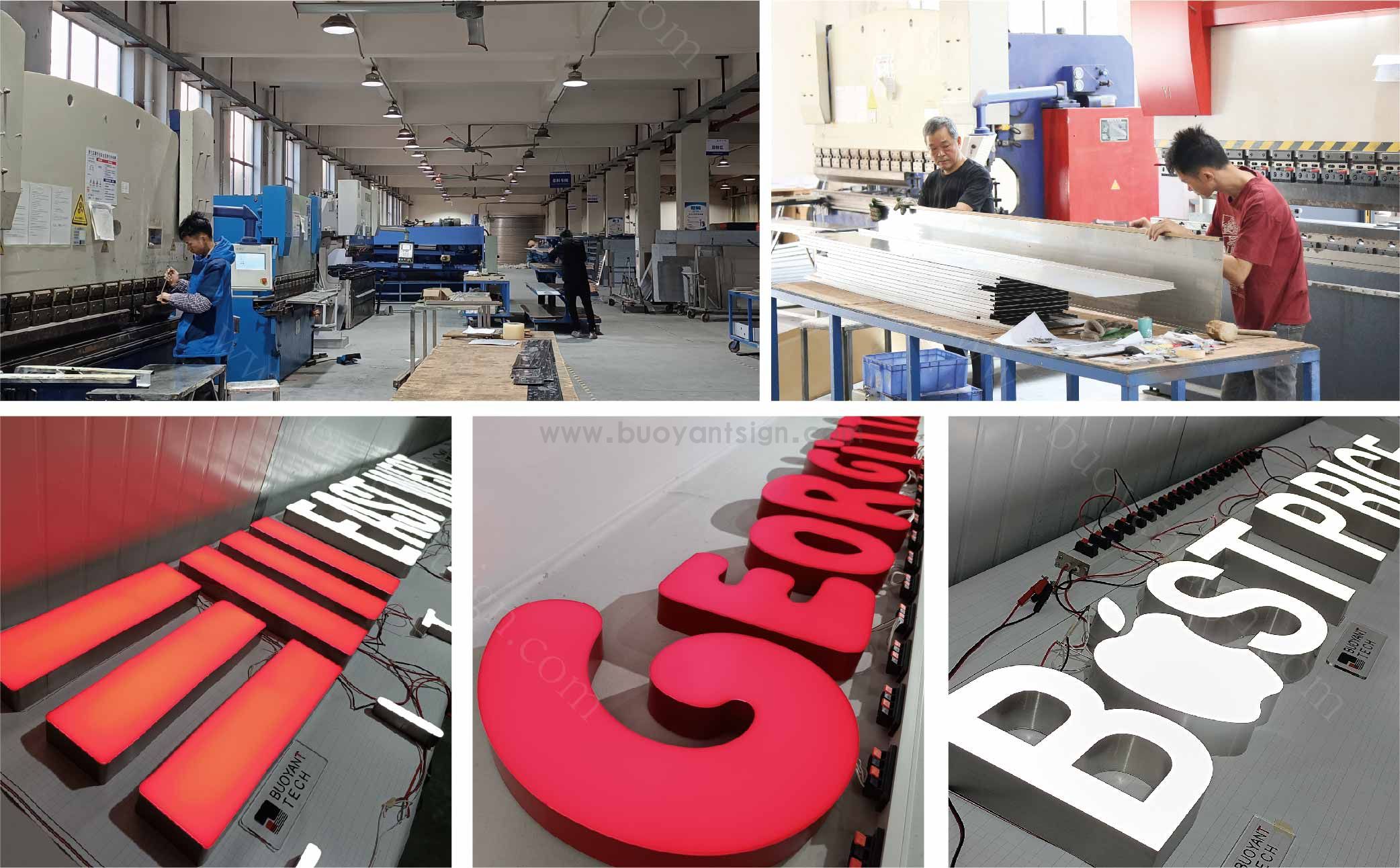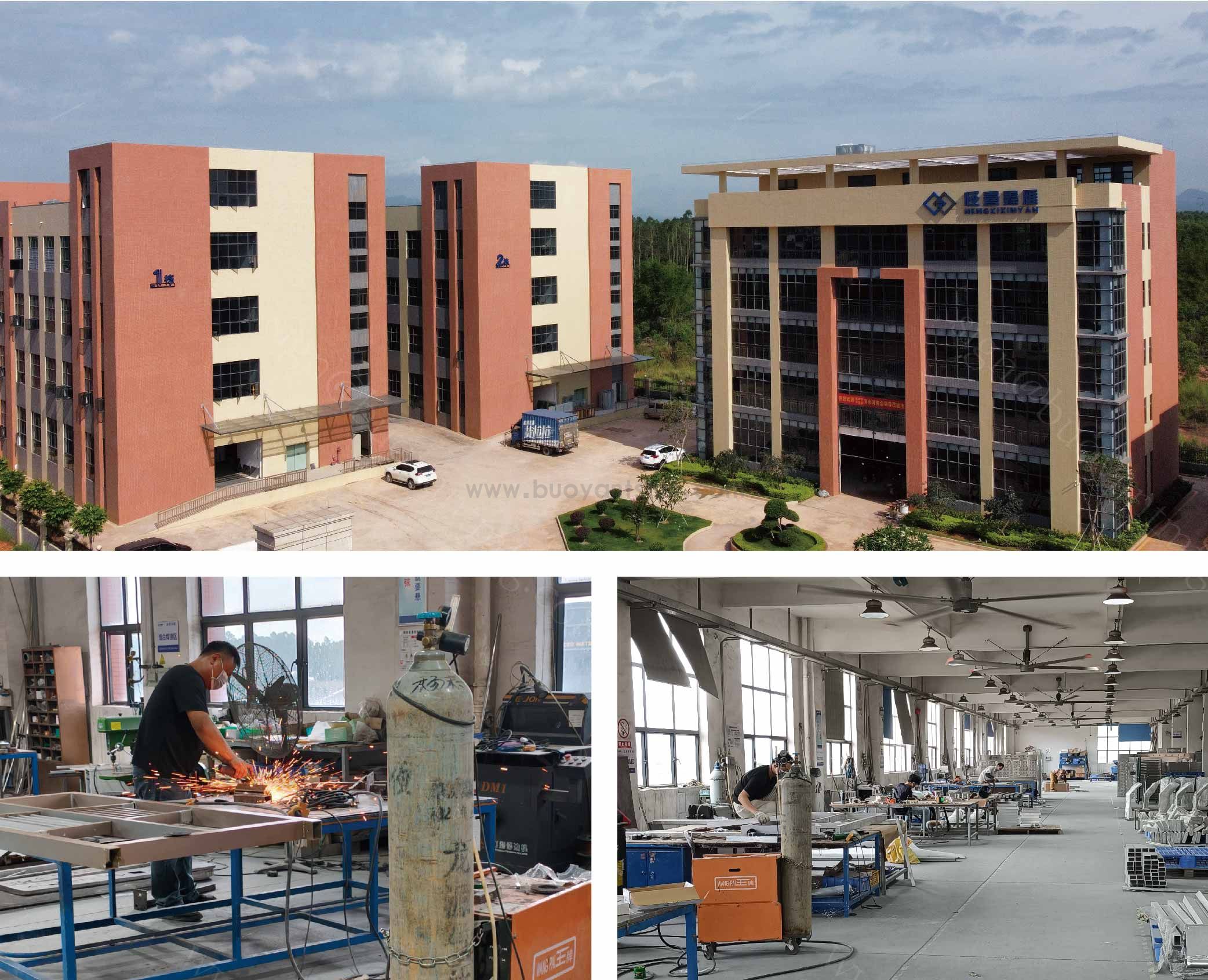Chain Retail Store Indoor 3D Signage System: Connecting Brands and Spaces with 3D Texture to Create Immersive Experience Fields
Views :
Update time : 2025-11-20
In an era where chain retail pursues the dual goals of "scenario-based experience and brand recognition", the indoor signage system is no longer a mere functional guidance tool, but a core visual link connecting brands, spaces and consumers.
Chain retail stores gathering diverse cooperative brands adopt differentiated 3D stereo signage. From wall-mounted 3D characters to functional area signs, each design conveys: "This is a concentrated presentation of brand value and a comfortable and free consumption experience field." This idea of "deep integration of 3D signage and space" enables the store to not only achieve "differentiated brand display" but also create an "immersive consumption atmosphere", becoming an "experience benchmark" in urban commercial spaces.
< Ⅰ >
Wall-mounted 3D Signage: The First Visual Expression of Brand Tone
Establish Brand Cognition Through 3D Form, Highlight Texture Core With Material Craftsmanship
When consumers pass by the store, the first thing they notice is the wall signage— as soon as the 3D stereo characters are mounted, the temperament changes instantly.
The wall-mounted 3D signage in the first picture takes a young and trendy route. The front-lit 3D characters have simple and neat lines, with rounded corners, no redundant fancy decorations, but full of vitality. Whether it's a trendy brand collection store or a youth-oriented retail brand, putting such a sign on the wall, consumers will know "this store understands my aesthetics" without saying much, and naturally be willing to walk in.
The 3D signage in the second picture is the "ceiling of tech style". The fonts made of metal wire-drawing material have delicate textures on the surface, full of industrial sense and sophistication, especially suitable for high-end and tech-focused brands. It feels textured and looks high-grade— consumers will immediately think "this brand is reliable and powerful" when they see it, and brand trust is directly maximized.
< II >
Co-branded 3D Signage: Spatial Symbiosis and Integration of Diverse Tones
Brand Matrix 3D Signage: Orderly Arrangement to Convey Aggregation Value
Many chain retail stores will introduce multiple cooperative brands— how to arrange these brand signs without chaos and even add points to each other? 3D signage gives the perfect answer.
In the indoor space of the third picture, 3D signs of multiple brands form a "brand matrix", neatly arranged on the wall of the functional area. The 3D signage of each brand retains its own style: some are simple and fresh, some are full of metal texture, some are thick and calm, some are agile and delicate. But because they are all 3D stereo forms, coupled with uniform installation height and spacing, they don't look chaotic at all— instead, they look like a "brand display corridor".
< III >
Source Factory: The Behind-the-Scenes Support for the Accurate Implementation of "Spatial Texture and Brand Tone"
Many brand owners have had such troubles: the designed 3D signage, when produced by small workshops, either has poor materials and failed texture, or delays the construction period and affects the opening of new stores, or after bulk production, the signs of each store are different. In fact, to avoid these pitfalls, choosing the right source factory is the key.
(Actual photos from BUOYANT factory)
As a source factory deeply engaged in chain retail scenarios, we understand the needs of brand owners best:
Controllable Cost:
Mass production reduces costs, getting high-quality signage at affordable prices without overspending for aesthetics;
Efficiency Guarantee:
Responding quickly to large orders for new store openings or upgrades, ensuring timely signage delivery;
Stable Quality:
Full-process quality control from material selection to debugging, adapting to retail store space needs, durable and good-looking.
<Ⅳ>
Conclusion: 3D Signage is the "Key to Texture Upgrade" of Chain Retail Spaces
The indoor 3D signage system of chain retail stores is a two-way integration of spatial texture and brand value: wall-mounted 3D signage establishes brand recognition, co-branded matrix signage conveys aggregated strength, and functional area signage maintains scene unity. Each sign is a "spatial storyteller", quietly whispering signals of "high-quality, comfort and suitability"; the source factory turns these signals into tangible textural experiences, upgrading commercial spaces from "goods-selling spots" to "warm arenas of brand-consumer resonance". When consumers remember the store for this texture and unity, the long-term attractiveness of space and brand takes shape quietly — this is the ultimate meaning of 3D signage: illuminating spaces with detailed texture, allowing chain stores to shine in homogeneous competition.
(Actual photos from BUOYANT factory)
Contact Us — Bring Your Signage Vision to Life
If you're looking for a trusted signage manufacturing partner, we'd love to hear from you.
With 30 years of experience as a source factory,
we combine professional design expertise with production capabilities to turn your creative concepts into reality.
Our capabilities include:
Custom signage
Acrylic displays
Facade lighting solutions
Restaurant branding displays
And more...
Want to learn more?
Why choose us:
Cost-effective production without compromising quality;
Efficient turnaround for tight deadlines;
Stable, international-standard quality control;
Get in Touch
For Custom Signage Solutions
Global Shipping Available
Email: sign@buoyantmfg.com
Website: www.buoyantsign.com
Scan to Connect
Production Industrial Park Location:
Huizhou City, Guangdong Province, China
Shenzhen Office Location:
Shenzhen City, Guangdong Province, China
Copywriting: Daisy
Review: Wendy
Photography: Mason
Manufacturing and product photos captured at BUOYANT factory
Note: This case analysis is for reference only and is not a project produced by our company.
Related News
Read More >>
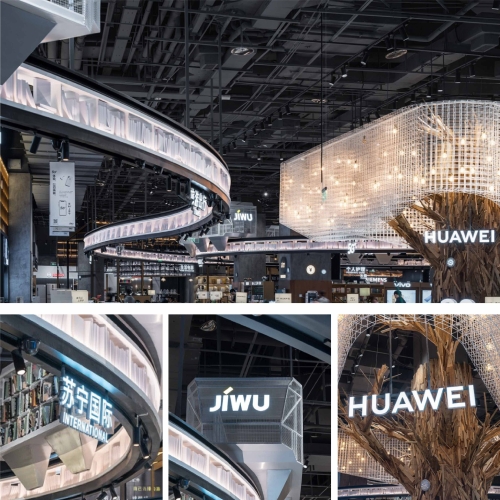 Chain Retail Store Indoor 3D S
Chain Retail Store Indoor 3D S
11 .20.2025
Core source factory for 3D signage in chain retail, with an international standard quality control s...
 Fresh Chestnut Chain Retail St
Fresh Chestnut Chain Retail St
11 .11.2025
Buoyant is a 30-year source factory specializing in fresh chestnut retail signage. Our core strength...
 Milk Tea Shop Signage System:
Milk Tea Shop Signage System:
11 .05.2025
As a professional milk tea shop signage manufacturer, Buoyant focuses on scene-adapted materials. Fo...
 Handmade Toast Store Signage S
Handmade Toast Store Signage S
10 .27.2025
In the baking retail track, "warmth" is the key code to break through.



